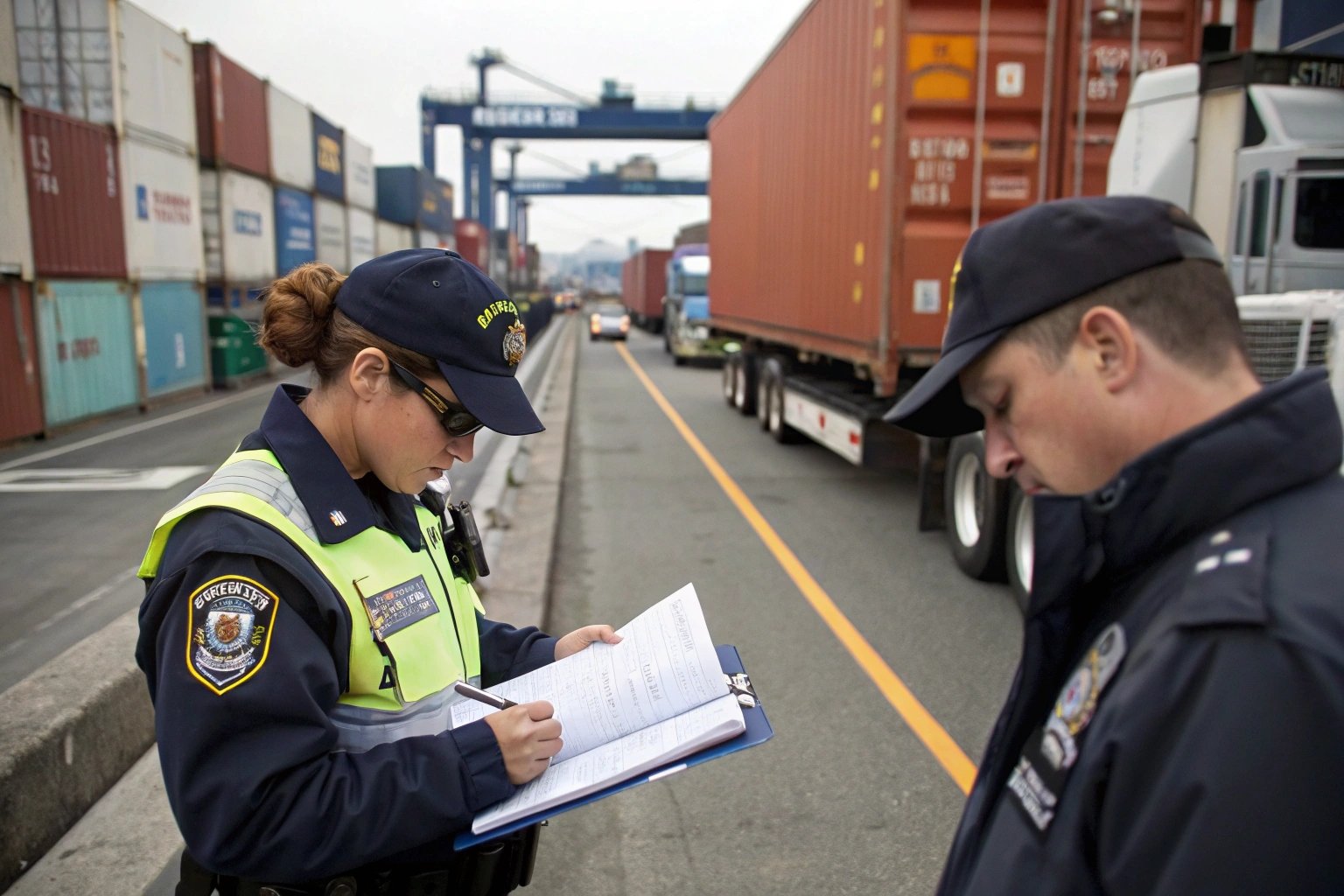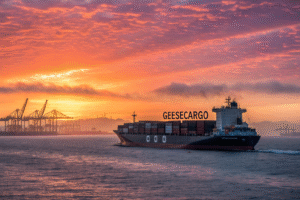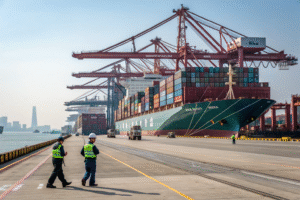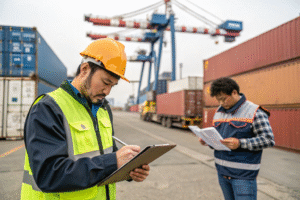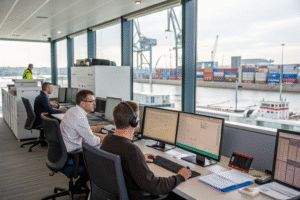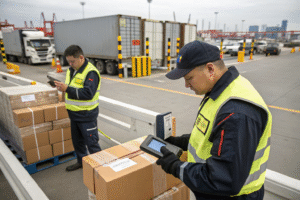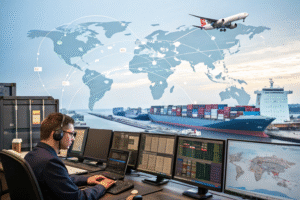Freight forwarding isn't just about moving boxes from A to B—it's about solving unpredictable problems along the way.
The top challenges in freight forwarding include port congestion, regulatory complexity, rising costs, and limited cargo visibility. Navigating these issues requires experience, agility, and strong global networks—qualities we’ve built at GeeseCargo.
Every shipment tells a different story. Sometimes it’s smooth. Sometimes it’s chaos. Let’s explore the biggest roadblocks and how we help our clients overcome them.
Dealing with port congestion and shipping delays
Even the best planning can’t prevent a container getting stuck behind hundreds of others at a port. And delays are expensive.
Port congestion causes major freight delays, missed delivery dates, and increased storage fees. Forwarders must plan proactively, reroute strategically, and secure reliable carriers.
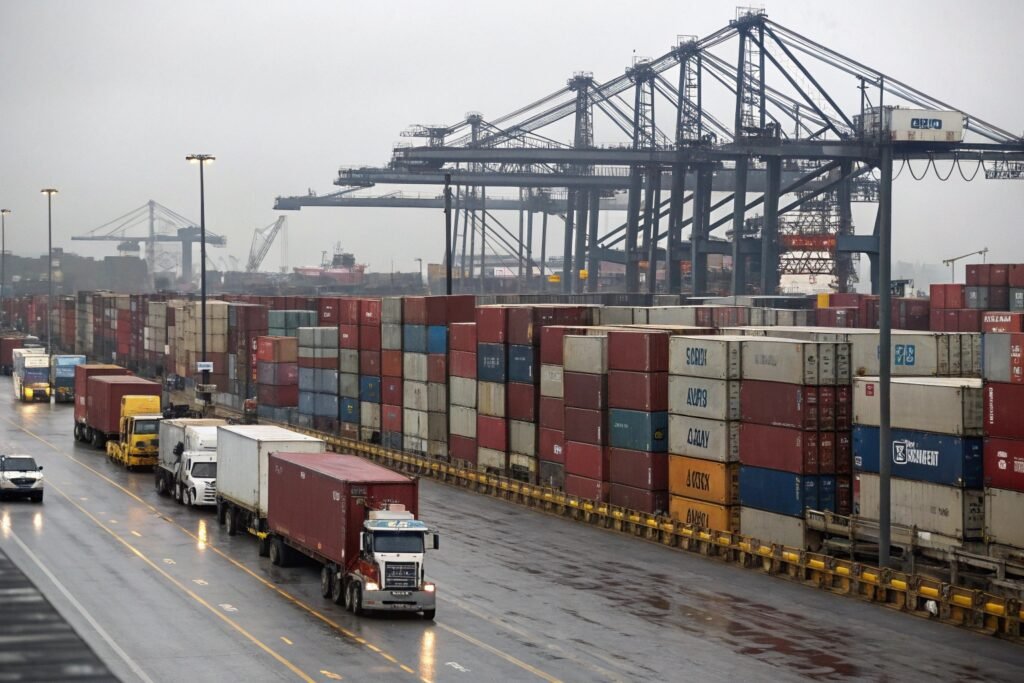
Why is port congestion getting worse?
Global supply chains have become more strained:
- Higher container volumes
- Labor shortages at docks
- Limited trucking capacity
- Vessel schedule disruptions
- Government inspections
In 2022, we helped a U.S. client reroute their cargo from LA to Houston because of a three-week backlog at Long Beach. That quick shift saved their holiday sales window.
| Congestion Cause | Impact on Shipment | Mitigation Strategy |
|---|---|---|
| Overbooked vessels | Rolled bookings, delayed sailings | Book early, use premium carriers |
| Port terminal overflow | Long unloading waits | Choose alternate ports |
| Lack of chassis/trucks | Inland delay from port | Pre-book drayage with partner fleets |
| Holiday or labor strikes | Port closures or customs delays | Adjust timing, use rail when possible |
How do we at GeeseCargo minimize delay risks?
We monitor:
- Vessel ETA changes
- Port congestion indexes
- Truck availability
- Local holidays
And we build buffer time into the schedule. If delays occur, we communicate fast and act fast—rerouting if necessary.
Navigating complex international trade regulations
Every country has its own rules. One wrong code, document, or label can result in detention, fines, or returns.
Freight forwarders face regulatory challenges across customs compliance, product restrictions, and documentation accuracy. Staying updated and accurate is key to clearance success.
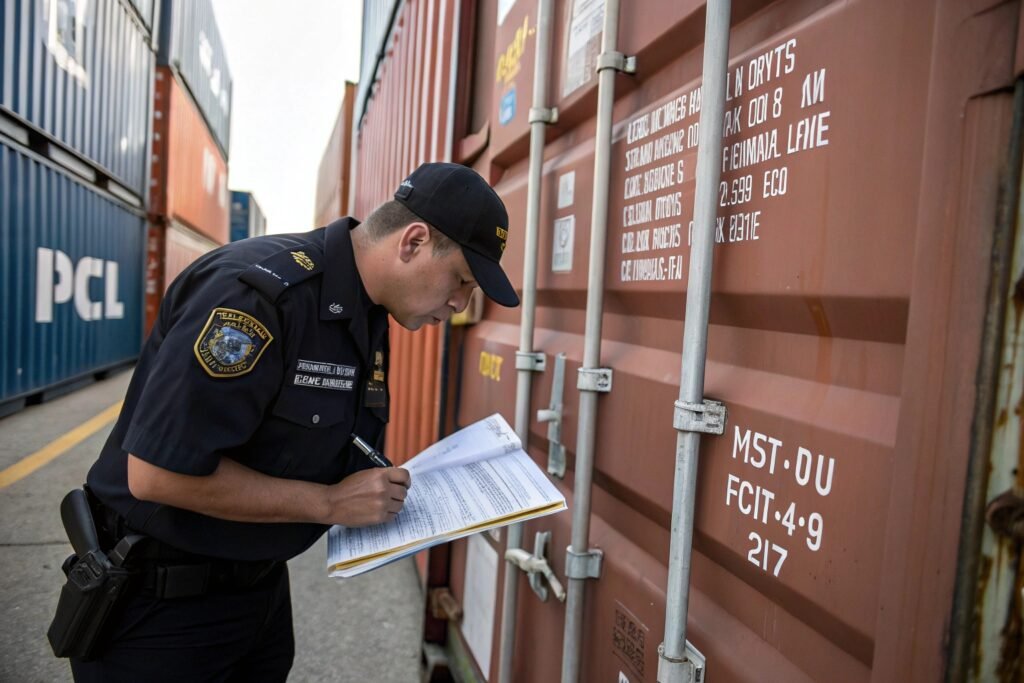
What makes international freight compliance difficult?
Each country has:
- Unique HS code interpretations
- Special documentation formats
- Restricted product lists
- Sudden policy updates
For example, the U.S. tightened inspections on electronics containing lithium batteries. Without a compliant UN label and MSDS, your shipment will be rejected—even if it’s perfectly safe.
| Regulation Type | Region/Country Example | What Could Go Wrong |
|---|---|---|
| HS code accuracy | Global | Incorrect duties or product bans |
| Origin declaration | USA, EU | Anti-dumping fines |
| Safety compliance | USA (CPSIA, FDA) | Cargo rejection |
| License requirements | Middle East, Africa | Customs hold for missing permits |
How does GeeseCargo handle regulatory issues?
We:
- Double-check HS codes with customs brokers
- Verify COO and MSDS requirements in advance
- Stay updated on changing import/export rules
- Train our team on region-specific policies
We also warn clients when their products may need testing or special certificates before shipping.
Managing rising freight costs and rate fluctuations
Shipping rates aren’t stable. They shift weekly based on demand, season, fuel, and even politics.
Freight forwarders must manage unpredictable rate changes and rising costs while helping clients stay competitive. Transparency and flexible planning are essential.
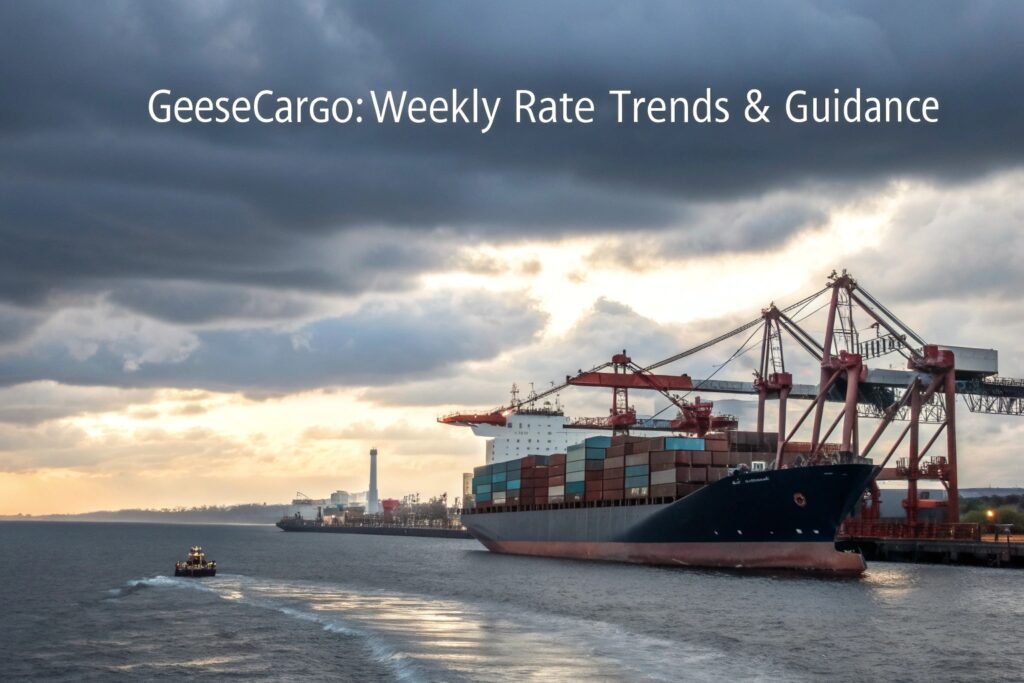
Why do shipping rates change so often?
Here are the main drivers:
- Peak seasons (e.g. Q4, Chinese New Year)
- Fuel surcharges (BAF/CAF)
- Capacity shortages
- Currency exchange rates
- Geopolitical tensions or port strikes
For instance, during the COVID-19 pandemic, a 40FT container from Shanghai to LA jumped from $1800 to over $12000 in six months.
| Rate Driver | Effect on Pricing | GeeseCargo Response |
|---|---|---|
| Fuel costs | Adds BAF/CAF surcharges | Update quotes weekly |
| Capacity crunch | Prices spike suddenly | Use multiple carriers, secure early |
| Currency volatility | Affects local fees | Adjust for FX, bill in stable currency |
| Policy shifts (e.g. tariffs) | Adds to landed cost | Provide duty forecast with shipping plan |
How do we help clients control costs?
- We quote all-inclusive pricing—no hidden terminal or handling fees.
- We offer freight consolidation options to reduce per-unit shipping cost.
- For regular shippers, we lock in space with fixed contract rates.
That way, clients can plan margins without guessing.
Ensuring cargo visibility and real-time tracking
When cargo disappears from your radar, it creates stress, confusion, and workflow issues.
A major challenge in freight forwarding is providing accurate, real-time cargo tracking across modes and borders. Visibility builds trust and improves decision-making.
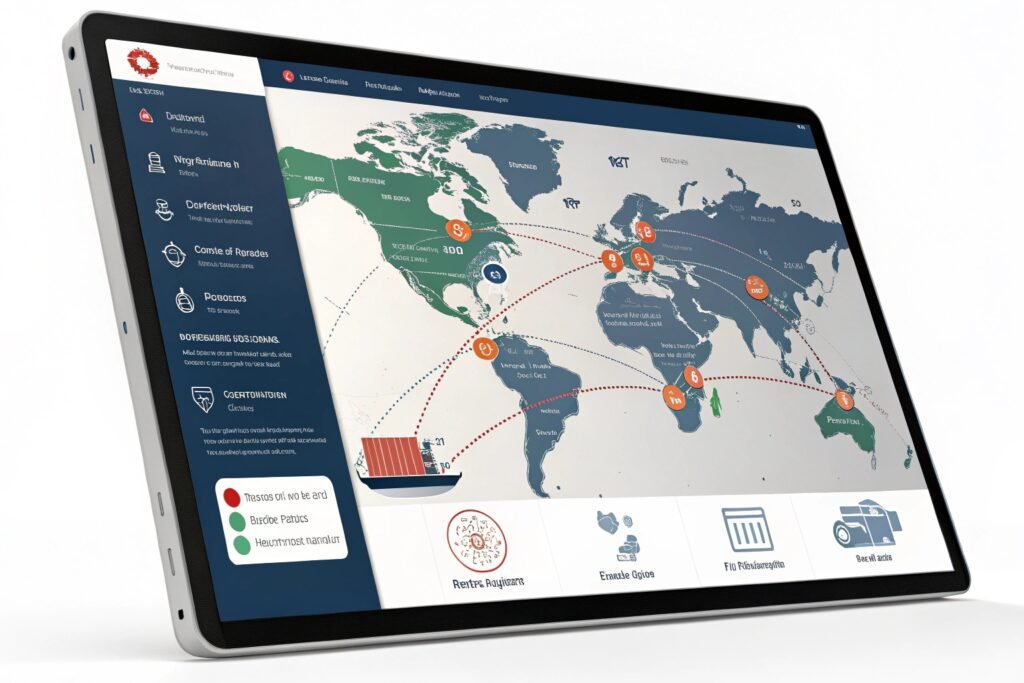
Why is end-to-end visibility difficult to achieve?
Because cargo passes through multiple handlers:
- Truckers
- Port terminals
- Carriers
- Customs
- Warehouses
Each uses a different system—or none at all. Delays happen when no one knows who’s responsible for the latest status.
How does GeeseCargo deliver visibility?
We provide:
- Shared spreadsheets with status updates
- Real-time milestone tracking
- Delivery appointment confirmations
- Instant messaging for urgent updates
One of our gift clients in Florida gets updates via WhatsApp and Google Sheets. They always know where their goods are—and when to expect them.
| Visibility Feature | Client Benefit |
|---|---|
| Live tracking links | No need to chase updates |
| Customs release status | Prepares for warehouse or 3PL intake |
| Delay notifications | Time to adjust delivery schedules |
| Document sharing portals | Keeps all parties aligned |
Visibility isn’t just convenience—it’s a competitive advantage.
Conclusion
The freight forwarding industry is filled with challenges—from delays and regulations to rising costs and tracking gaps. At GeeseCargo, we solve these problems head-on with experience, transparency, and tech-enabled logistics support that helps your supply chain stay strong.
